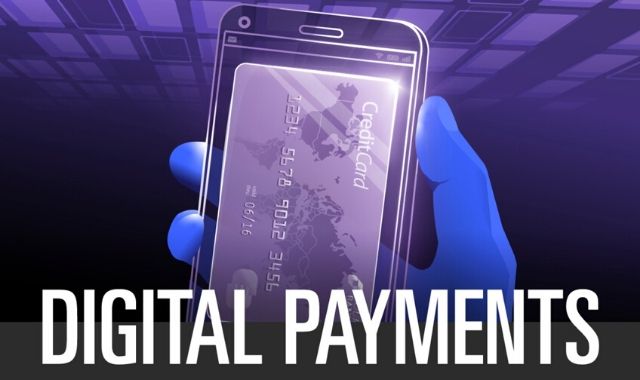Money runs the world, and today we need it more than ever, for essential as well luxurious living. With the evolution of computers and smartphones, and the Internet becoming more easily available to everyone, the face of finance and banking has changed. We can now pay our bills with a single click, make fund transfers, and do online shopping whenever and wherever we want, provided there is a good Internet connection.
With so many new facilities, cryptocurrencies have also found their way into the finance and currency sectors. A cryptocurrency is a new form that uses digital files as money. Like much computer-to-computer communication, cryptocurrencies use digital signatures to ensure that transactions remain safe and secure. Another transformation due to digital payment is the possibility to track down culprits in case of any misfortunate events. Say, it's harder to chase and catch a thief who may steal your cash at one point, but with more cybercrime cells and technological security on the rise, it's easier to track a thief or fraud online, even if they are posing.
Along with these, a couple of other technologies have been combined with currencies, to find new modes of payment. There's even more than just debit cards and credit cards, you can also have a digital wallet, for example. The growth of e-commerce has resulted in the birth of new modes of payment. We can purchase almost anything online in today's world- movies, clothes, books, ebooks, the list is endless. Bitcoin is just one example of a new form of digital currency, but how are cryptocurrencies like bitcoin any different from banks? Well for one, they are not controlled by any central authority or figure the way banks are, and that's actually a kind of advantage as the cryptocurrency revolves within a network of peers.
Also See: The rise of cryptocurrency #infographic
Check out the infographic below to know more about the evolution of digital payments, and how the impact they have had worldwide so far.


